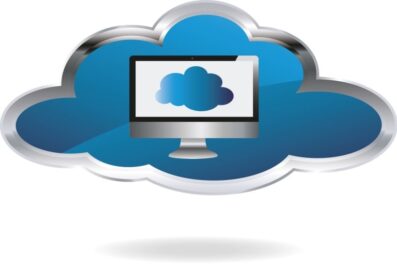How to Ensure Safe Roof Access for Your Commercial Building?

When it comes to maintaining your commercial building, ensuring safe roof access is crucial for protecting your investment and the well-being of your team. In this guide, you’ll discover key strategies and best practices to implement. By prioritizing safety and compliance, you can enable efficient maintenance while minimizing risk, ultimately enhancing the longevity of your building’s structure.
Build Stairs
Building stairs for roof access is essential in commercial buildings, as they provide a safe and reliable means of reaching elevated areas. Properly designed heavy-duty roof access stairs not only facilitate routine inspections and maintenance but also ensure compliance with safety regulations, reducing the risk of accidents.
When constructing stairs, it’s crucial to consider factors such as materials that withstand environmental conditions, adequate width for safe passage, and a riser height that complies with local building codes.
Additionally, implementing non-slip surfaces and installing handrails can enhance safety further. Regular inspections of the stairs for wear and tear will help maintain their integrity over time. By prioritizing well-constructed stairs, building owners can ensure that their team can access rooftops safely, ultimately contributing to better building management and maintenance practices.
Mark and Light Access Areas
Marking and lighting access areas are vital components in ensuring safe roof access for commercial buildings. Proper markings help identify pathways, entrances, and caution zones, reducing the risk of accidents by guiding personnel to safe areas. High-visibility paint or reflective tape can be used to delineate pathways, particularly in low-light conditions.
In addition to markings, effective lighting is essential for illuminating access routes, making it easier to navigate during early morning or evening hours. Installing LED lights along pathways and near access points ensures consistent visibility and enhances safety.
It’s important to consider the placement of lighting fixtures to avoid shadows and glare, which could impede visibility. Regular maintenance of both markings and lighting systems ensures their effectiveness, contributing to a safer working environment for maintenance teams and reducing liability for building owners.
Inspect and Maintain Your Roof
Keeping your commercial roof in good condition is crucial for safe roof access. Regular inspections can identify potential hazards and address them before they become a safety risk. Here’s a checklist to follow:
- Schedule regular inspections
- Check for visible damage
- Examine seals and flashings
- Inspect drainage
- Look for signs of water damage
- Maintain roof accessories
- Trim overhanging trees
- Repair minor issues promptly
- Monitor roof traffic
- Keep detailed records
Regular inspections and maintenance help identify and mitigate potential hazards before they escalate. Ensuring roof integrity minimizes risks of accidents, protects the safety of maintenance personnel, and extends the lifespan of the roof, ultimately safeguarding the building’s overall investment.
Implement Safety Policies
Safety policies should clearly outline procedures for accessing the roof, including the use of personal protective equipment (PPE), emergency protocols, and notification systems for hazardous weather conditions. To implement effective policies, engage team members in developing guidelines and provide comprehensive training sessions that cover safe practices and emergency response.
Regularly update policies to reflect changes in regulations or best practices, ensuring all staff are familiar with procedures. Additionally, conducting routine safety audits can help identify areas for improvement. By prioritizing safety policies, building owners create a culture of safety, significantly reducing the risk of accidents and promoting a secure working environment.
Use Protective Equipment
Protective equipment is essential for ensuring the safety of personnel accessing roofs in commercial buildings. It serves as a crucial barrier against potential hazards, such as falls, sharp objects, and environmental conditions. At a minimum, workers should wear hard hats, non-slip footwear, and high-visibility vests to enhance their safety. Further, harnesses and lanyards are vital for fall protection when working at height.
To effectively utilize protective equipment, conduct training sessions to familiarize staff with proper usage and maintenance of gear. Regularly inspect equipment for wear and tear, replacing any damaged items promptly. By integrating protective equipment into safety practices, building owners can significantly reduce the risk of accidents and injuries during roof access activities.
Install Proper Guardrails and Fall Protection
Guardrails and fall protection systems serve as a physical barrier, providing safety to workers by preventing accidental slips and falls from elevated surfaces. According to occupational safety regulations, installing guardrails can significantly reduce the likelihood of accidents, thereby protecting personnel and reducing liability for building owners.
To install guardrails, start by selecting durable materials that can withstand environmental conditions. Ensure the rails are at the appropriate height and spaced correctly to comply with local codes. Securely anchor the guardrails to the roof structure and conduct thorough inspections to verify their integrity. Additionally, consider incorporating fall protection systems, such as anchor points and safety nets, to enhance overall safety during maintenance tasks.
In Conclusion
Ensuring safe roof access is essential for the well-being of your maintenance team and the longevity of your commercial building. By implementing effective safety measures, conducting regular inspections, and using protective equipment, you foster a secure environment. Prioritizing these strategies not only safeguards your investment but also promotes peace of mind for all those involved in maintenance activities.





